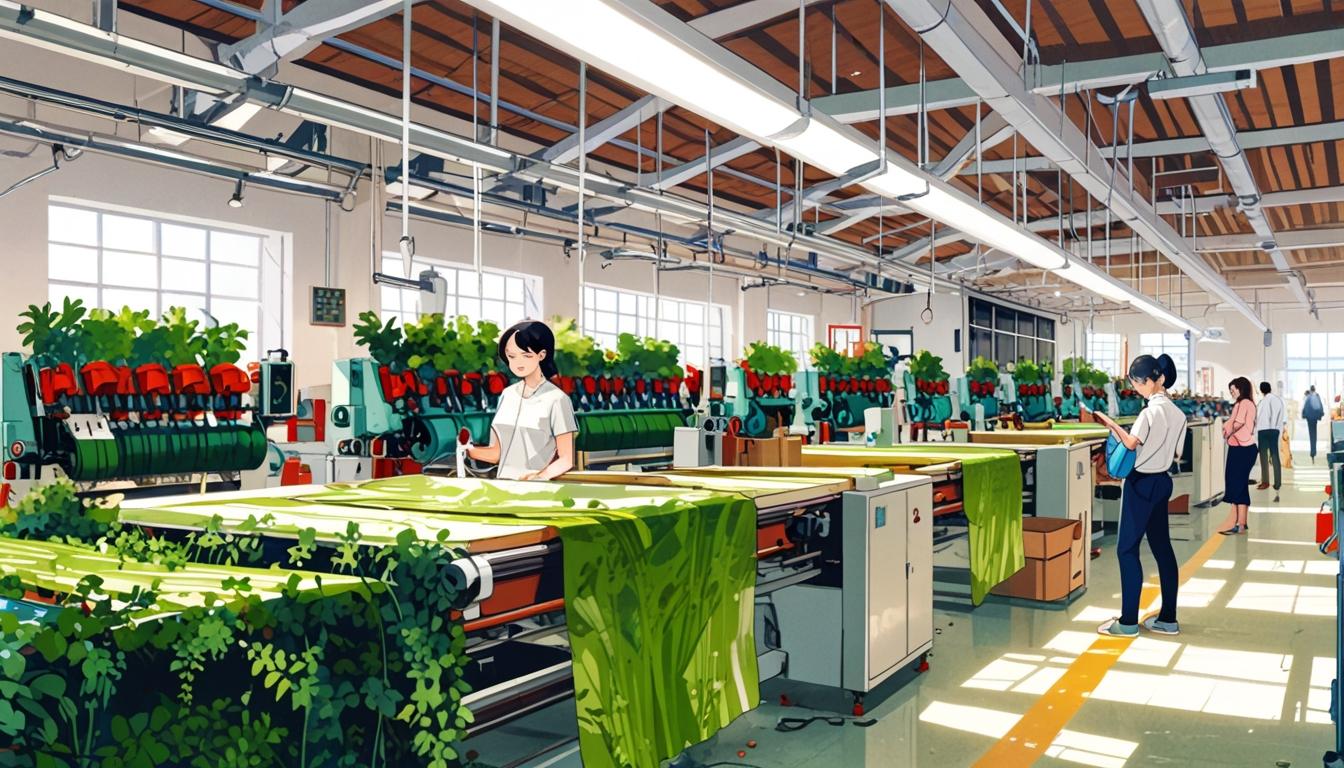Global: The sustainable fabrics market, valued at USD 29.1 billion in 2023, is set to grow to USD 74.8 billion by 2032. Consumer demand, technological advancements, and regulatory pressures drive this shift towards eco-friendly textiles, despite challenges such as higher costs and greenwashing issues.
The global textile industry is increasingly shifting towards sustainability, leading to the emergence of the sustainable fabrics market, which is now recognised as a significant segment in the broader textile sector. As awareness of environmental and social issues linked to traditional fabric production rises, the demand for eco-friendly alternatives continues to grow rapidly. According to recent analysis, the sustainable fabrics market was valued at USD 29.1 billion in 2023 and is expected to expand dramatically, projected to reach USD 74.8 billion by 2032, with a compound annual growth rate (CAGR) of 12.50% between 2024 and 2032.
Sustainable fabrics, defined as textiles sourced and produced in a manner that minimises their environmental impact, rely on processes that conserve energy, water, and natural resources. They are typically created from renewable or recycled materials and are designed to be biodegradable or recyclable at the end of their lifecycle. Notable examples of sustainable fabrics include organic cotton, hemp, Tencel (lyocell), recycled polyester, and Piñatex, a leather alternative made from pineapple fibres.
Several influential companies are at the forefront of this market, including Grasim, Vivify Textiles, Foss Performance Materials, and Teijin Limited, among others. These companies are increasingly adopting practices that align with consumer demands for sustainability.
Key drivers behind the growth of the sustainable fabrics market are diverse. Consumer awareness has escalated, particularly among millennials and Generation Z, whose purchasing decisions are influenced by sustainability and ethical considerations. Social media campaigns and advocacy from environmental organisations play crucial roles in shaping these consumer attitudes. Furthermore, regulatory pressures from governments and international bodies, including initiatives such as the European Union’s Circular Economy Action Plan, are compelling brands to adopt more sustainable practices.
Technological advancements are also contributing to the proliferation of sustainable fabrics. Innovations in textile manufacturing, including waterless dyeing, biodegradability improvements, and closed-loop recycling systems, facilitate the scalable production of these materials.
Despite the positive outlook, challenges remain within the sustainable fabrics market. Higher production costs associated with ethical sourcing, limited raw material availability, and issues surrounding greenwashing—wherein brands misleadingly promote their products as sustainable—pose significant barriers. Additionally, the lack of standardisation and clarity in sustainability certifications can complicate consumer choices.
However, opportunities for growth are present, particularly through the enhancement of circular economy models, greater collaboration between stakeholders, and advancements in textile innovation. Brands focusing on transparency in their supply chains and educating consumers on sustainable practices are likely to find new avenues for capturing market share.
As the sustainable fabrics market continues to evolve, it reflects a broader transformation within the textiles industry towards more responsible and environmentally-friendly production practices.
Source: Noah Wire Services




